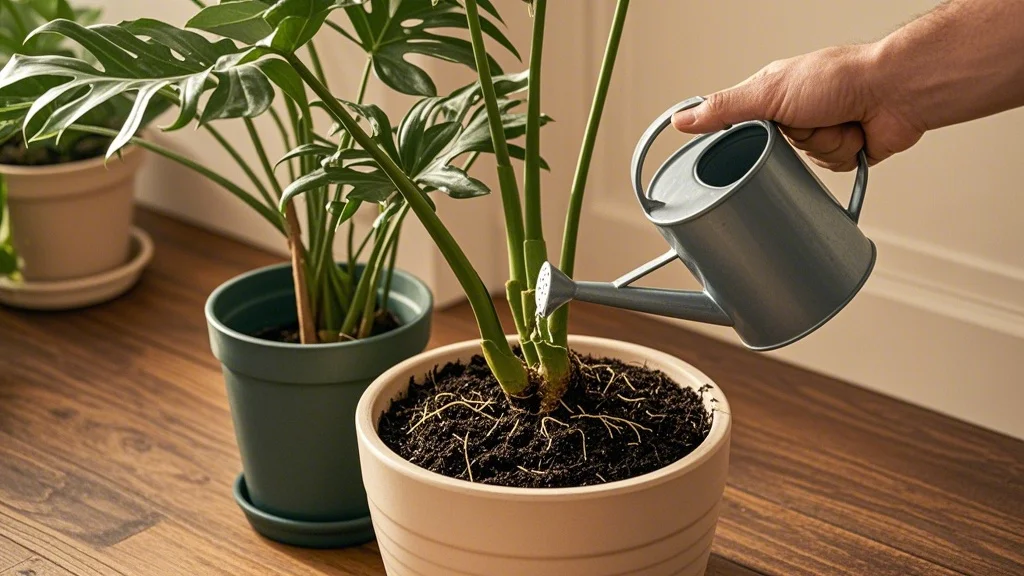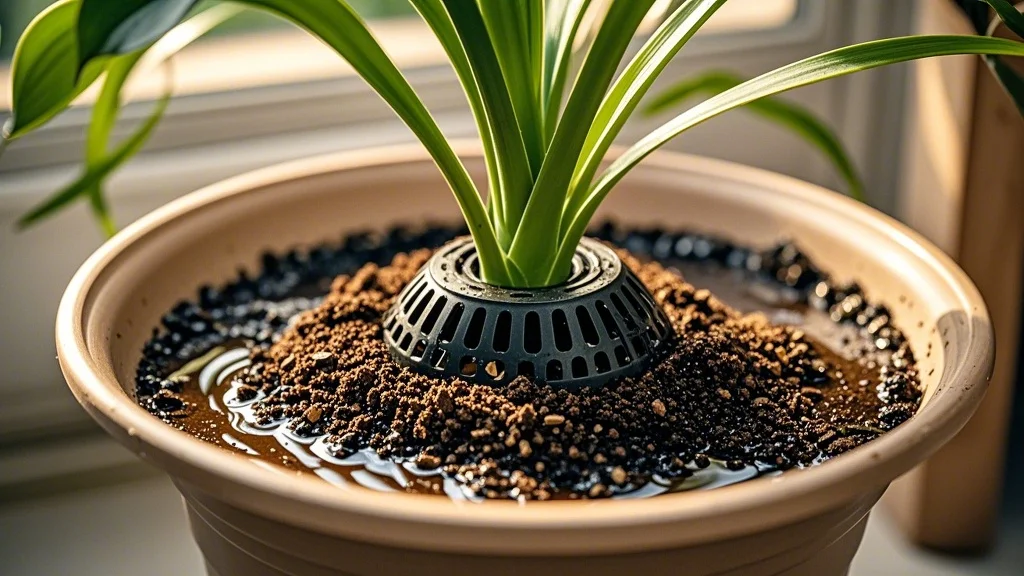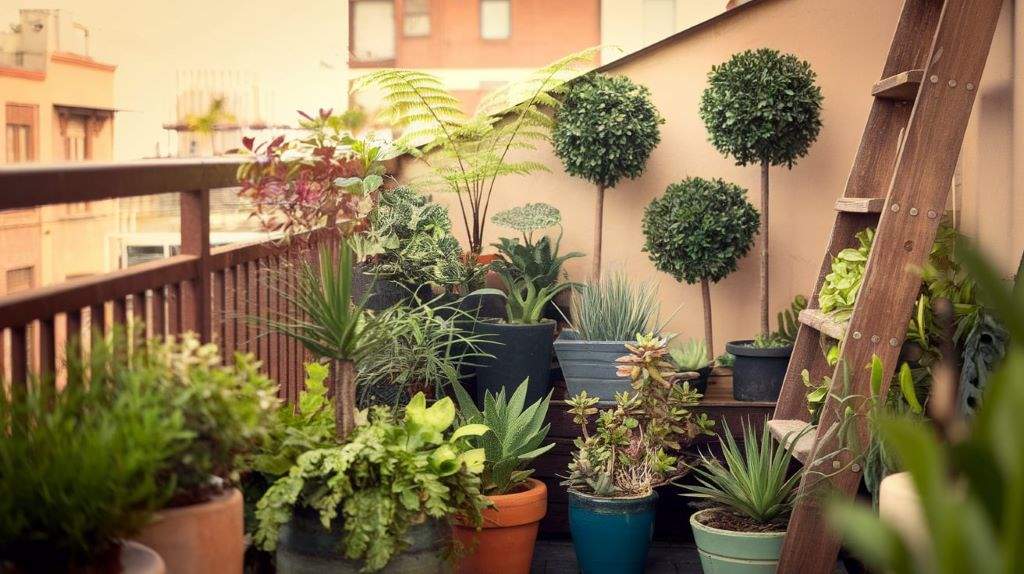As urban gardeners and houseplant enthusiasts, we’re always looking for ways to keep our green companions healthy and thriving. While commercial fertilizers are readily available, many eco-conscious growers and budget-savvy plant owners are turning to natural alternatives found right in their own kitchens. This guide will explore how to use common household items as effective and eco-friendly plant fertilizers, helping you nourish your indoor garden sustainably.
Contents
- 1 Why Use Natural Fertilizers?
- 2 Coffee Grounds: A Caffeine Boost for Your Plants
- 3 Eggshells: Calcium-Rich Supplement
- 4 Banana Peels: Potassium Powerhouse
- 5 Epsom Salt: Magnesium Boost
- 6 Aquarium Water: Nutrient-Rich Solution
- 7 Green Tea: Gentle, All-Purpose Fertilizer
- 8 Cooking Water: Nutrient-Packed Liquid
- 9 DIY Compost Tea: Balanced Nutrition
- 10 Creating a Balanced Fertilizer Routine
- 11 Troubleshooting Common Issues
- 12 Conclusion
Why Use Natural Fertilizers?
Before diving into specific natural fertilizers, let’s understand why they’re beneficial:
- Eco-friendly: Natural fertilizers reduce waste and environmental impact.
- Cost-effective: Most are free, using items you’d otherwise discard.
- Gentle on plants: Less risk of over-fertilization or chemical burn.
- Improves soil health: Adds organic matter and beneficial microorganisms.
Coffee Grounds: A Caffeine Boost for Your Plants
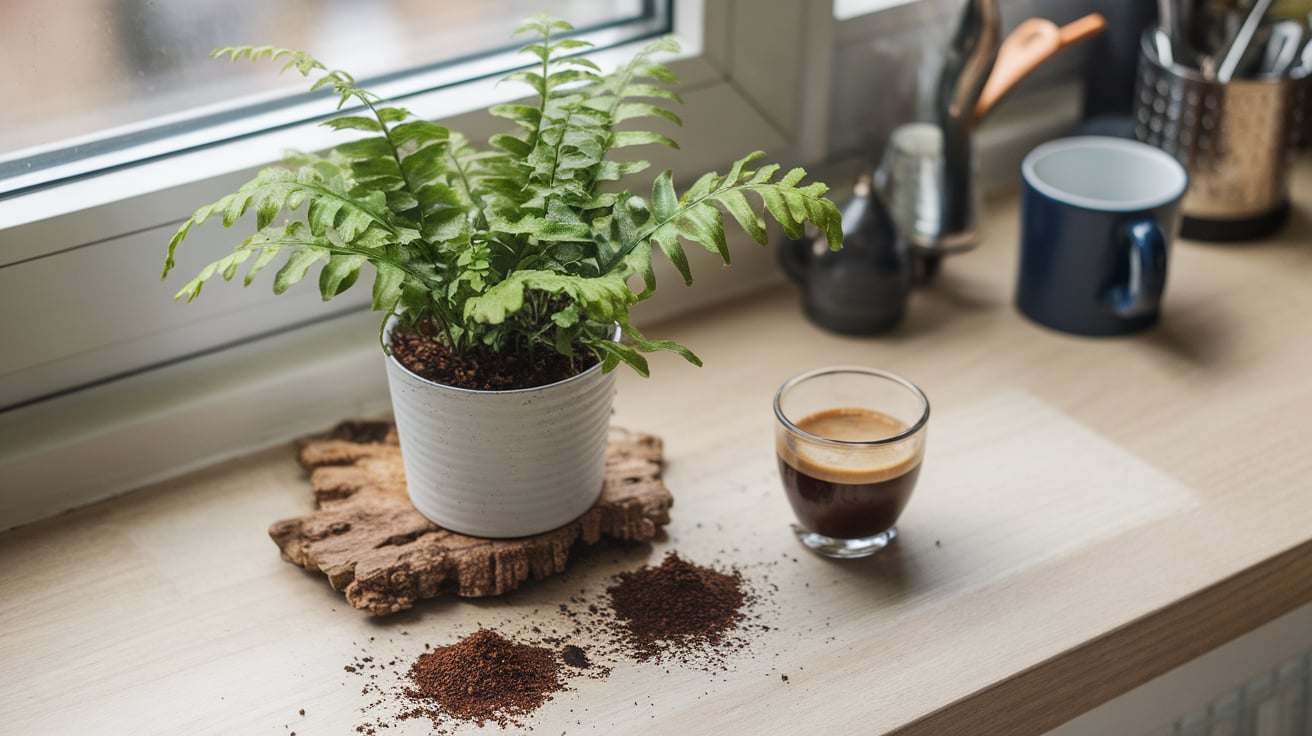
Benefits
- Rich in nitrogen, phosphorus, and potassium
- Improves soil drainage and aeration
- Attracts earthworms, which benefit soil health
How to Use
- Sprinkle dried grounds directly onto soil
- Mix with water to create a liquid fertilizer
- Add to compost for a nutrient-rich mix
Best For
Acid-loving plants like ferns, African violets, and pothos
Caution
Avoid using on seedlings or young plants, as caffeine can inhibit growth
Eggshells: Calcium-Rich Supplement
Benefits
- High in calcium, essential for cell wall development
- Helps prevent blossom-end rot in fruiting plants
- Deters slugs and snails
How to Use
- Rinse and dry eggshells thoroughly
- Crush into a fine powder
- Sprinkle around the base of plants or mix into soil
Best For
Tomatoes, peppers, and leafy greens
Caution
Ensure shells are finely ground to avoid sharp edges
Banana Peels: Potassium Powerhouse
Benefits
- Rich in potassium, essential for flower and fruit development
- Contains trace amounts of phosphorus and calcium
How to Use
- Bury chopped peels in soil around plants
- Create a “banana tea” by soaking peels in water for a few days
- Dry and grind peels to mix into soil
Best For
Flowering plants, especially roses and orchids
Caution
Avoid using fresh peels, as they can attract pests
Epsom Salt: Magnesium Boost
Benefits
- High in magnesium, crucial for chlorophyll production
- Helps strengthen cell walls
How to Use
- Dissolve 1 tablespoon in 1 gallon of water
- Apply as a foliar spray or soil drench monthly
Best For
Peppers, tomatoes, and roses
Caution
Don’t overuse, as excess magnesium can interfere with calcium uptake
Aquarium Water: Nutrient-Rich Solution
Benefits
- Contains nitrogen and beneficial bacteria
- Rich in micronutrients from fish waste
How to Use
- Use water from freshwater aquariums only
- Apply directly to soil during regular watering
Best For
Most houseplants, especially those that prefer high humidity
Caution
Ensure the aquarium doesn’t contain any medications or additives
Green Tea: Gentle, All-Purpose Fertilizer
Benefits
- Contains tannic acid, which slightly lowers soil pH
- Rich in nitrogen and trace minerals
How to Use
- Brew weak tea and allow to cool
- Use as a watering solution once a month
Best For
Most houseplants, especially acid-loving varieties
Caution
Avoid using tea with added flavors or sweeteners
Cooking Water: Nutrient-Packed Liquid
Benefits
- Contains minerals and nutrients from cooked vegetables
- Adds moisture to soil
How to Use
- Allow water from boiled vegetables to cool
- Use as a watering solution
Best For
Most houseplants
Caution
Avoid using water from cooking meat or heavily salted dishes
DIY Compost Tea: Balanced Nutrition
Benefits
- Rich in diverse nutrients and beneficial microorganisms
- Improves soil structure and plant resistance to disease
How to Use
- Fill a bucket 1/3 full with finished compost
- Add water to fill the bucket
- Stir daily for 3-5 days
- Strain and dilute the liquid (1:10 ratio with water)
- Apply as a soil drench or foliar spray
Best For
All plants, especially during active growth periods
Caution
Use only well-decomposed compost to avoid introducing pathogens
Creating a Balanced Fertilizer Routine
While these natural fertilizers are gentle and beneficial, it’s important to use them strategically for optimal plant health. Here are some tips for creating a balanced fertilizer routine:
- Rotate fertilizers: Use different natural fertilizers to provide a range of nutrients.
- Observe your plants: Look for signs of nutrient deficiencies or excesses and adjust accordingly.
- Follow a schedule: Most houseplants benefit from fertilization every 4-6 weeks during the growing season.
- Less is more: Start with small amounts and increase gradually if needed.
- Consider plant needs: Research the specific nutritional requirements of your houseplants.
Troubleshooting Common Issues
Even with natural fertilizers, problems can arise. Here are some common issues and solutions:
- Yellowing leaves: Often a sign of nitrogen deficiency. Try increasing coffee ground application.
- Brown leaf tips: May indicate overfertilization. Flush the soil with plain water and reduce fertilizer use.
- Slow growth: Could be a lack of nutrients. Ensure you’re using a variety of natural fertilizers.
- Weak stems: Often due to lack of calcium. Increase eggshell powder application.
- Few flowers: May indicate low phosphorus. Try adding more banana peel fertilizer.
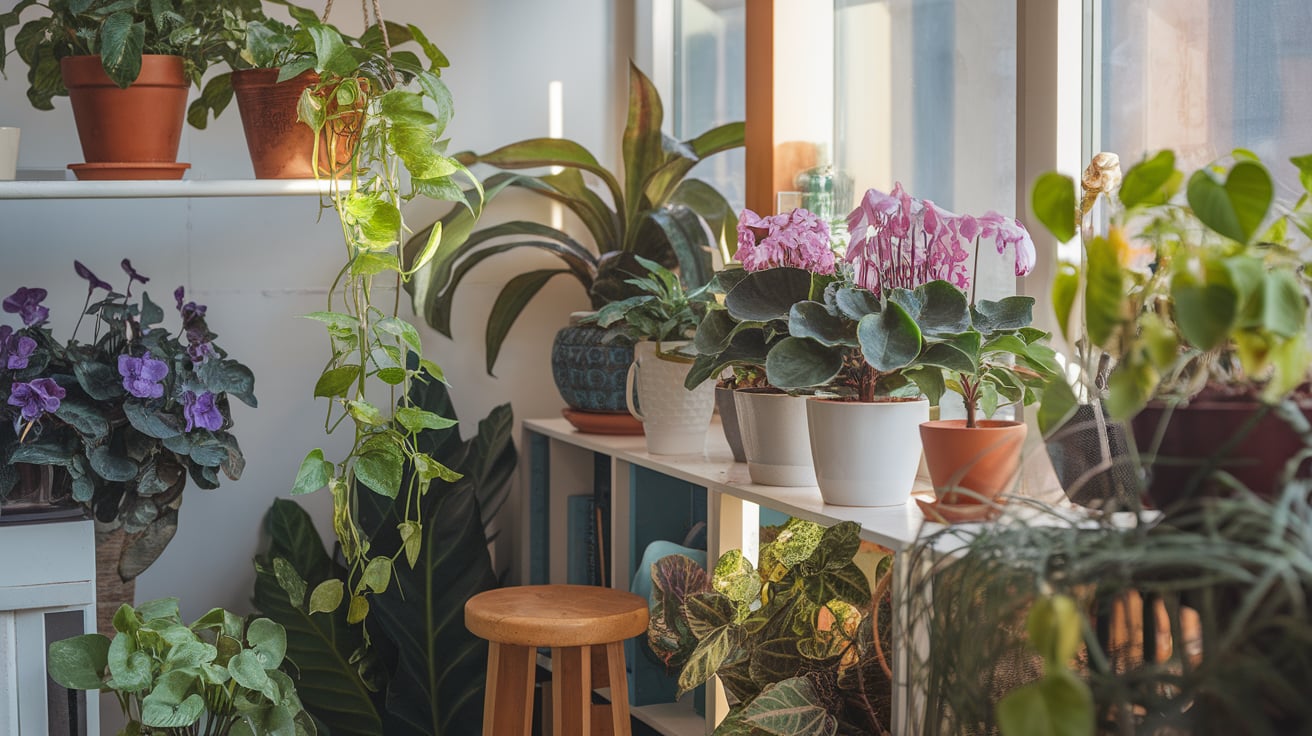
Conclusion
Incorporating natural fertilizers into your houseplant care routine is an excellent way to nourish your plants while being environmentally conscious and budget-friendly. By using common kitchen scraps and household items, you can create a sustainable and effective fertilization plan for your indoor garden.
Remember, every plant is unique, and what works for one may not work for another. Pay attention to your plants’ responses and adjust your fertilizer routine accordingly. With patience and observation, you’ll soon find the perfect balance of natural fertilizers to keep your houseplants thriving.
Happy growing, urban gardeners!

